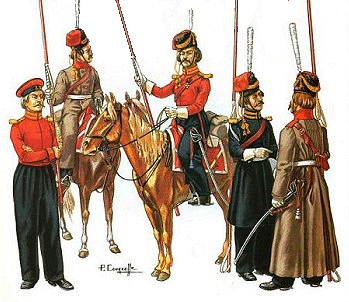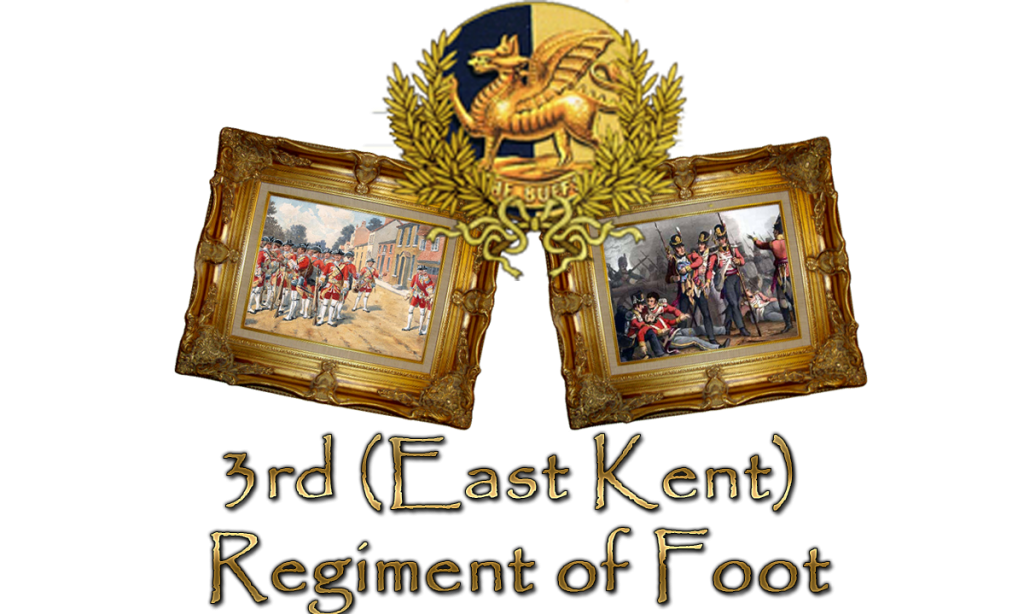This regiment has been around for along time but I decided to transfer us from taleworlds and LCC to FSE and LCCWe are commonly known as 3rdRoF and our tags are 3rdRoF_rank_name
The Regiment originated from The Trained Bands of London which were reviewed by Queen Elizabeth 1st in Greenwich Park on 1st May 1572. After the review Captain Thomas Morgan selected 300 men to form a company which he took to the Netherlands where they and their descendants continued to fight for the next 76 years until the power of Spain was broken.
After the defeat of Spain, England and Holland began to quarrel and in 1665 the Dutch called on the English units still in Holland to renounce their allegiance to the King of England. With few exceptions both officers and men refused to swear allegiance to Holland and they were at once discharged and faced a life of almost certain ruin and destitution in a foreign country.
The British Ambassador at his own expense arranged for the men to be returned to England and on the 31st May 1665 King Charles the second instructed that they be formed into a regiment to be known as ‘The Holland Regiment’ and appointed Lieutenant Colonel Robert Sydney, a man from Kent, to be its first colonel. This regiment took its place as the fourth in the order of precedence behind The Royal Scots (1st), Queen’s (2nd) and Lord High Admiral’s Regiment (3rd). Originally designated, together with Lord High Admiral’s Regiment, as a “Maritime” regiment and as such took part in several naval actions. In 1667 the regiment became a land regiment. The uniform at that time consisted of a red tunic with buff lining, and the breeches, waistcoat and stockings were also buff.
In 1672, exactly one hundred years after Queen Elizabeth had reviewed the trained bands the regiment was given a Royal Warrant allowing it to raise volunteers ‘by beat of drum’ in the City of London. In those days recruiting parties carried a colour, and this is the origin of the privilege, which allowed The Buffs to march through the City of London with drums beating, bayonets fixed and colours flying.
In 1689 the Lord High Admiral’s Regiment (of which Prince George of Denmark was honorary colonel) was disbanded, and the Holland Regiment took its place as 3rd Regiment of Foot with Prince George of Denmark as its honorary colonel.
The regiment discarded the name of the Holland Regiment and thenceforth became known as Prince George of Denmark’s Regiment. In 1708 Prince George died and for a short time the regiment was known as Argyle’s Regiment after its then colonel. At this time the regiment still wore buff facings to their uniforms with buff breeches, waistcoats and stockings and were officially named the Buffs.
In 1782 there was a further alteration to the name of the regiment, the title East Kent Regiment being added to that of the Buffs and the regiment was ordered to recruit in the county of Kent. Thus began the official connection of the regiment with the County.
Over the centuries the regiment has fought in many countries but it is from the Peninsular War that the regiment chose to celebrate a particular battle in which they were to earn great fame and honour.
On 16th May 1811 the Buffs were ordered to re-capture a hill at Albuera from the French. Finding that they could not shake the enemy by fire, they advanced with the bayonet, but were suddenly attacked in the rear by no less than four regiments of French Hussars and Polish Lancers. A dreadful massacre followed, the Buffs fought bravely but the ranks were soon broken by the charging cavalry. Ensign Thomas, who carried the Regimental colour, was called on to surrender, after his escort had been cut down. Crying “Only with my life” he was himself cut down and mortally wounded and the colour captured.
Ensign Walsh, carrying the King’s colour was wounded and captured but Lieutenant Latham rushed forward and seized the colour. Defending it with heroic gallantry he refused to yield. A French Hussar seized the flag-staff and struck at Latham with his sabre severing one side of his face and nose. Latham still continued to struggle to protect the colour. A second stroke severed his left arm but dropping his sword he seized the staff and refused to yield, continuing to fight until he was thrown down and trampled on and pierced with lances. At this moment the British cavalry arrived and the French fled. Latham was later found, so badly wounded he was unrecognizable, with the colour, which he had torn from the staff, inside his tunic. In spite of the severity of his wounds Lieutenant Latham recovered and lived for many years to wear the gold medal presented to him by his brother officers.
The losses of the regiment at Albuera were 4 officers and 212 rank and file were killed, 13 officers and 234 wounded and 3 officers and 178 missing, a total of 644.
The Buffs then served throughout the rest of the Peninsula fighting at Vittoria, Pyrenees and Toulouse among others gaining these as battle honours. In June 1814 they were sent to Canada where they took part in the last actions on American soil leading the assault on Plattsburg. They were recalled with Napoleon Bonaparte’s return from Elba and missed, but only just the battle of Waterloo instead joining the army on route to Paris remaining there for the occupation.


 | Officers
Captain - Capt
Lieutenant - Lt
Ensign - Ens
Non-Commissioned Officers
Serjeant Major - SjtMaj
Colour Sergeant - CSjt
Serjeant - Sjt
Corporal - Cpl
Lance Corporal - LCpl
Enlisted
Private - Pte
Recruit - Rec
Volunteer - Vol (Mercenary) |
WIP



















 TomaHawkAU
TomaHawkAU Mack
Mack





